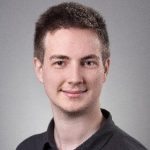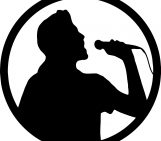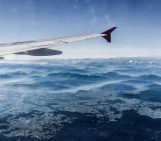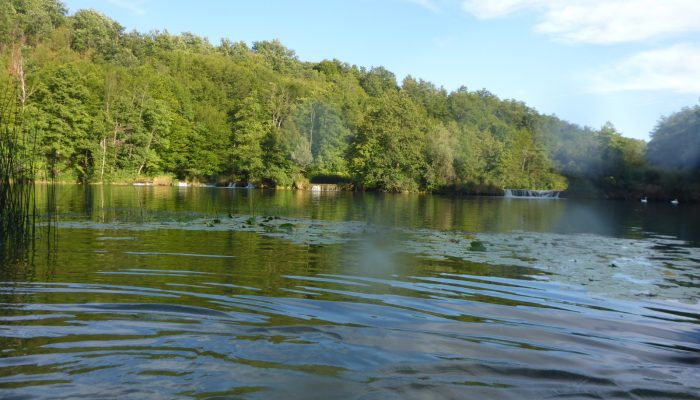
Extracurricular activities for current and former geosciences students provide great value to early career scientists in terms of networking and broadening their scientific horizon. PhD student Maximilian Döhmann, who studies rock deformation with numerical models based on high temperature and pressure torsion experiments in the Geodynamic Modelling group of GFZ Potsdam, shares his experiences with the yearly EUGEN meeting.
Today I would like to introduce to you the EUGEN e.V., the EUropean GEosciences students Network. The network’s main goal is to bring together geosciences students (and former students) from all over the world through organizing annual meetings throughout Europe (see map of meeting locations). The network can already look back at a continuous history of meetings since 1996 and this year’s 22nd meeting took place in the beautiful Croatia.
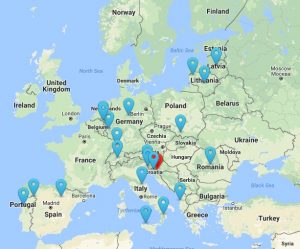
Map of EUGEN Meeting locations. Red flag pinpoints the 2017 meeting location Croatia. Credit: eugen-ev.de.
In the second week of August, roughly 100 geoscientists met to enjoy a week of geological and cultural field trips, talks and presentations, making new contacts and simply meeting old friends. The camp ground was located at the karst-river Mrežnica – a perfect location during the hot Croatian summer. There, we experienced a typical EUGEN week starting with the ice-breaker party on Monday, followed by three days of field trips, one day of the traditional and challenging Geolympix and one day of cultural sight seeing.
Three varied field trip destinations were offered this year, organized by the local hosts (students from the University of Zagreb): the Velebit mountain range (part of a fold and thrust belt), the Istria peninsula and the Skrad valley in north-west Croatia. As a part of the Dinarides, the latter is known for the Devil’s Passage canyon and the Green Whirlpool. Composed of Permian clastic rocks, Triassic clastic rocks and dolomites as well as Lower Jurassic limestones, the area has a lot to offer for sedimentary geologists. But also structural geologists get their money’s worth due to the complex tectonic history resulting in nappe tectonics, extensional features and impressive folding structures.
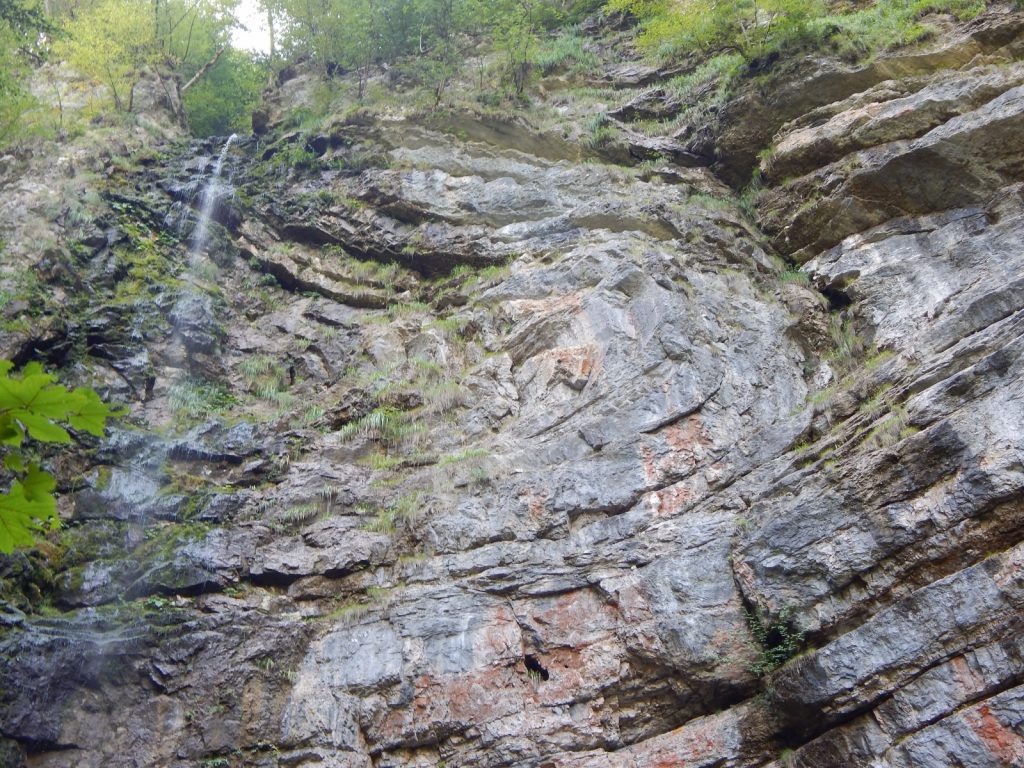
Waterfall close to the Green Whirlpool (Skrad valley) due to an impermeable Permian or Triassic layer. Folds are younger carbonates. Credit: Max Döhmann.
Besides having fun on the spectacular field trips, we also competed in a big social event – the Geolympix. The competition traditionally consists of highly entertaining (see photo) games played between teams composed of people from as many different countries as possible. Among others, we played rope-bound team-running (very effective for getting to know each other), platform diving (from ~5 m height) and wheelbarrow-jousting. The team with the most points in the whole competition won a delicious price (no spoiler here, find out what the price entails for yourself next time!).
To decide where the next meeting would be located, every country interested in hosting the event gave a presentation about themselves and their country during the week. On the last evening a decision was made by all participants, it will be … drum rolls … Austria! The next day everyone started their journey home feeling a little sad because the week went by so fast. But, after this so called post-EUGEN-depression, you will soon start to feel better when looking forward to the upcoming meeting. On that note, I hope that I have given you a compelling impression of what the EUGEN is all about and that I will see some of you August next year in Austria!

